What do you get when you combine Progress Clocks, Aspects, Usage Dice, and Insight Rolls?
If you answered “an unholy mess”, well, that’d have been my guess too if someone asked me that. But that didn’t stop me from doing it anyway. And, surprisingly, instead of creating an abomination that shouldn’t see the light of the day, it became the core mechanic of my newest game, one that I’m giddily excited about.
As promised on my latest post, I want to dive deeper into this quirky little mechanic called Sparks, that involves drawing stars on sticky notes. In essence, it is a tool to track progress of any kind. Towards a goal, an event, an effect, whatever. But in a closer look… well, it is more than that.
Escaping the temple
Let’s say you grab an ancient idol from a cursed temple, triggering a self-destruction spell. You need to escape before the temple collapses and traps you inside. You’d grab a sticky note, write “The Temple Collapses,” and place it on the table. Your Spark is now created.
To advance the Spark, you’d add rays to the star when certain fictional or mechanical triggers occur. For example, if you spend too much time in a room while trying to escape, you might add a ray to represent the passage of time. Or say you try to place a heavy rock in place of the idol to stop the spell, and you roll a bad Fate Check (the equivalent of a Yes/No Oracle or a Fortune Roll in other games), you’d add a ray to the Spark. A particularly bad roll (e.g., a 1) might even add two rays.
Up until this point, you might be thinking, “Well, this is just a Progress Clock.” But here’s the fun twist: every time you advance the Spark, you may perform a Spark Check by rolling a D6. If the roll matches a ray on the star, the event happens, and the Spark resolves.
For instance, if you’ve added two rays to your Spark and roll a 1 or 2, the temple collapses. If you don’t hit a ray, the temple holds, and you can keep pushing to escape. This creates what I like to call “controlled unpredictability”. You get a sense of the odds of the event happening, but you can’t predict exactly when it will occur.
If you continue advancing the Spark—for example, by getting lost or failing additional rolls—the likelihood of disaster increases as you add more rays. Let’s say you roll again with four rays and hit a ray. The temple collapses, trapping you. The Spark resolves, and now you must deal with the consequences.
But that’s not all! Let’s say you miss all previous checks and end up filling all five rays of a Spark. Well, you still have to make a Spark Check. But since the Spark has only 5 rays and the die has 6 sides, rolling a 6 after the star is full results in an Overturn.
An Overturn flips the expected outcome. If the event was negative (e.g., the temple collapses), it might turn positive: the collapsing ground reveals a hidden network of ancient tunnels filled with mysterious symbols. What was almost a certain disaster opens up as a new path your adventure can take!
SIDE NOTE: I get it that using stars as a tally marker may not be the most intuitive graphical solution. I honestly chose it to meet the vibes of the game, and give it an air of mysticism, like it is more than just a counter. But I encourage you to use any form of tracking you prefer: tally marks, tokens, numbers, checking boxes and so on.
Flexible and modular
I hope that by now you can see this is more than a tool to count up to 5. If you follow me for a while, you know that I’ve toyed with the same idea in Derelict Delvers with Danger Clocks. In that game, they are restricted to represent monsters and obstacles. In Everspark, they can do all sorts of things.
You can use Sparks to track challenges, such as overcoming obstacles (including combat); the arrival of looming threats; the depletion of meaningful resources; contests between parties vying for the same goal; long-term projects like crafting, studying, or achieving a personal milestone; and conditions affecting characters, enemies, or environments.
Sparks can also track events like a lunar eclipse, the arrival of a king; the use of special power sources like mana or magical items with limited charges. They’re useful for tracking character advancement (including multiclassing), exploration (like a full journey or delving into a dungeon), or even montage scenes where you tackle complex challenges like making plans, setting camp, or preparing for a journey.
You can even create layered challenges to represent more complex or powerful enemies. Say you are fighting an enormous creature, and you want it to be a high-stakes and dramatic encounter. Instead of relying on “HP inflation” and just make, say, a 3-star Spark, you can represent different aspects of the challenge with separate Sparks, like a Spark representing an Arcane Shield that needs to be dealt with before harming it, and another one for its Spiked Tail that causes all sorts of trouble for melee attacks.
Instead of turning the combat in a boring meat grind, you have to approach the encounter as a puzzle. Different characters with unique skill sets can contribute, and the whole scene becomes more dynamic. You can even have environmental Sparks representing dangers or potential opportunities.
And the best thing is: you don’t need to prep that in advance. Crafting Sparks is part of the game. And I encourage you to do it as a collaborative process, if you’re playing in a group. We have a lot of fun brainstorming possible things we can add to a scene to make it even more memorable.
Spark-based scenarios
Picture this: you’re deciding who gets to be the next captain of the ship. It starts with a skill contest. It’s two candidates—you against them—and you are displaying skills to decide who’s going to be the captain. You have a resource Spark, which is the crew support. You can tap into it to gain leverage, but it can go either way—perhaps the crew support goes to your adversary, making it a double-edged resource.
You have to resolve this contest before the serpent god arrives (a threat) and, who knows, eats the loser of the contest. All the while, you’re dealing with the storm of the century (environment), which is battering the ship and tossing the crew around. On top of that, the ship is leaking (escalation)—because why not?
This can be a full session of chaos, crazy ideas, and unpredictable outcomes, with new Sparks being created as a result of complications and bad rolls. Others might be discarded as the situation evolves. It’s a wild, chaotic, and incredibly fun experience.
On top of that, you can bend the rules with “Spark tricks,” which are ways in which you twist and bend the rules of how to advance and resolve Sparks. These include locked rays (which can’t be hit), regenerating rays (that are erased), linked Sparks (where one Spark affects others), resistance (making two spark checks and keeping the worse result), and persistent Sparks (which remain active even after being resolved).
You get a sticky note! And you get a sticky note!
These are just a few ideas. It’s important to note that Sparks are modular, optional and disposable. They can be used for almost anything, but they shouldn’t be used for everything. You can handwave situations, roleplay them, or use just a few rolls to resolve them. But if you want more granularity, want to zoom into the action, or want to give more screen time to certain moments, Sparks can certainly help. And when a Spark is no longer relevant, you can simply discard it, even without resolving it.
My advice is that you introduce Sparks gradually into your gameplay—the book itself divides Sparks into Basic, Intermediate and Advanced. In my home game, we’re seventeen sessions in, and since all players are already comfortable with the mechanics, it is beautiful to see the proliferation of Sparks: characters are working on new skills, getting rid of curses, and trying to find lost relatives. The city has a creature about to arrive, a gang following them around, and more. All that tracked with Sparks.
Just think of nachos
When I was coming up with a checklist of the things you have to consider when creating a Spark, I had a pleasant surprise. See, you need to create the Name of whatever you’re tracking; decide how and when it Advances; when you need to make a Spark Check; what happens when you Hit a ray, what is a possible Overturn; and if there are any Special rules or conditions.
Hence, the NACHOS template was born.
Obviously, you don’t need to write every detail down for every Spark (or for most Sparks, really), but it is a good way to make sure everyone knows how the Spark behaves and to align expectations. If you want to play around with how a Spark works, just think of Nachos.
Hack it away
I’m super excited to get this in everyone’s hands and see what creative people can do with it by bending its rules and applications. I see it as a tool to inject a layer of tension, suspense and surprise to what could otherwise be just a tally count.
I’m working hard on editing Everspark at the moment (meanwhile, the campaign is on late pledge, so you can jump in if you want). It’s coming out nicely, I must say. The Sparks chapter has nearly 20 different suggested ways of using them, all with examples. And more nuance than I can fit on a newsletter.
I’ve also published a video explaining this concept in even more detail:
Meanwhile, check out the campaign page and join us to keep the Everspark alive! And I’d sincerely appreciate it if you shared this around with people that might like it.






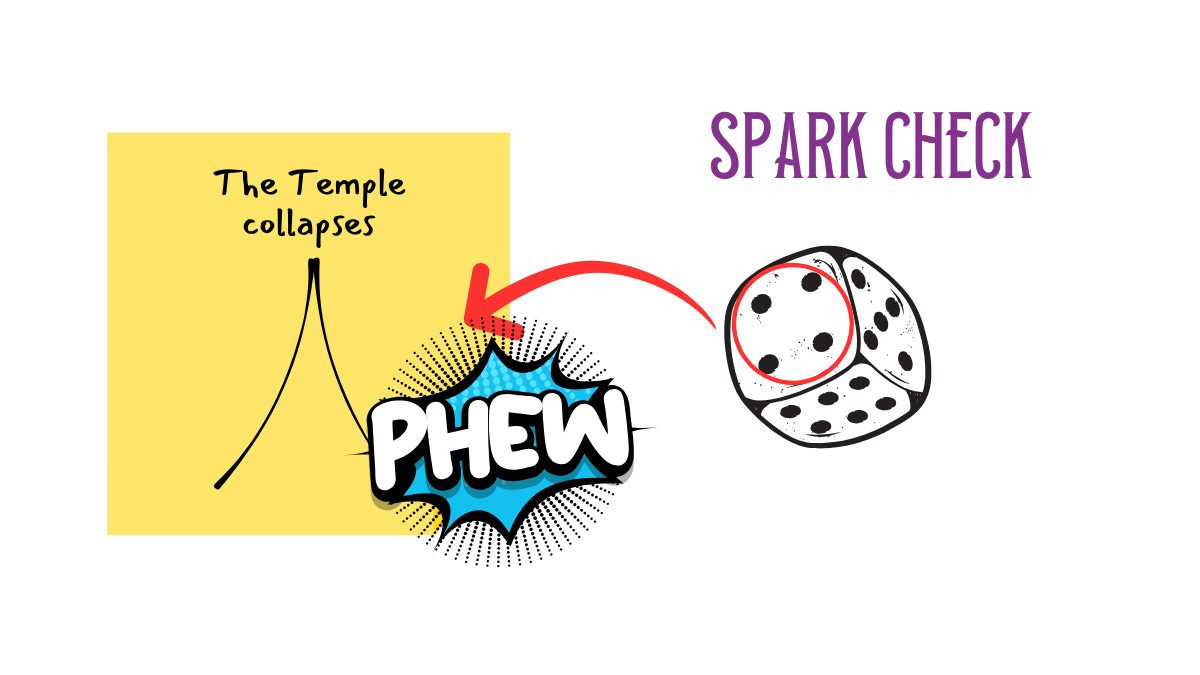
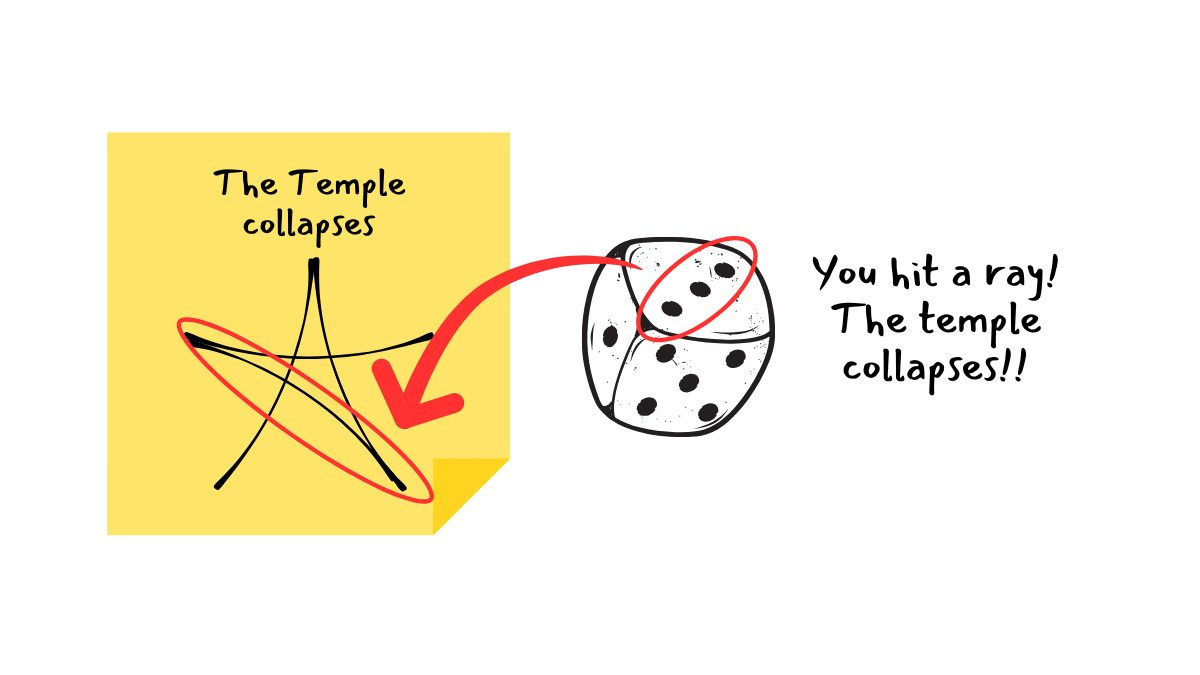
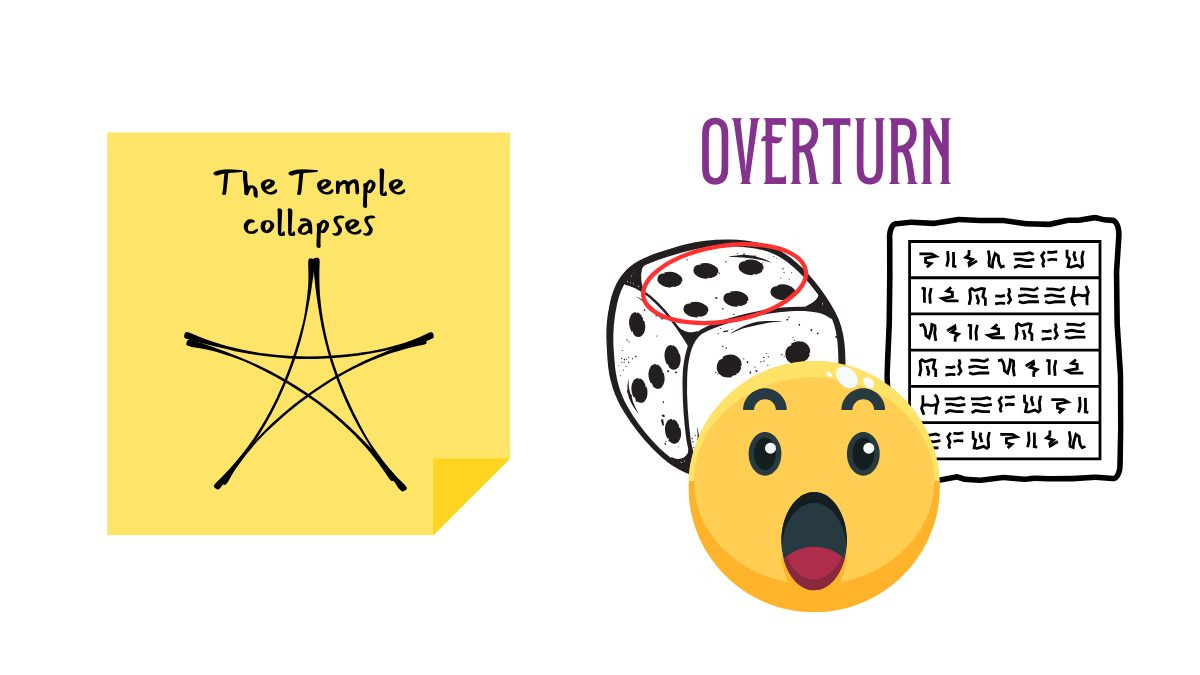
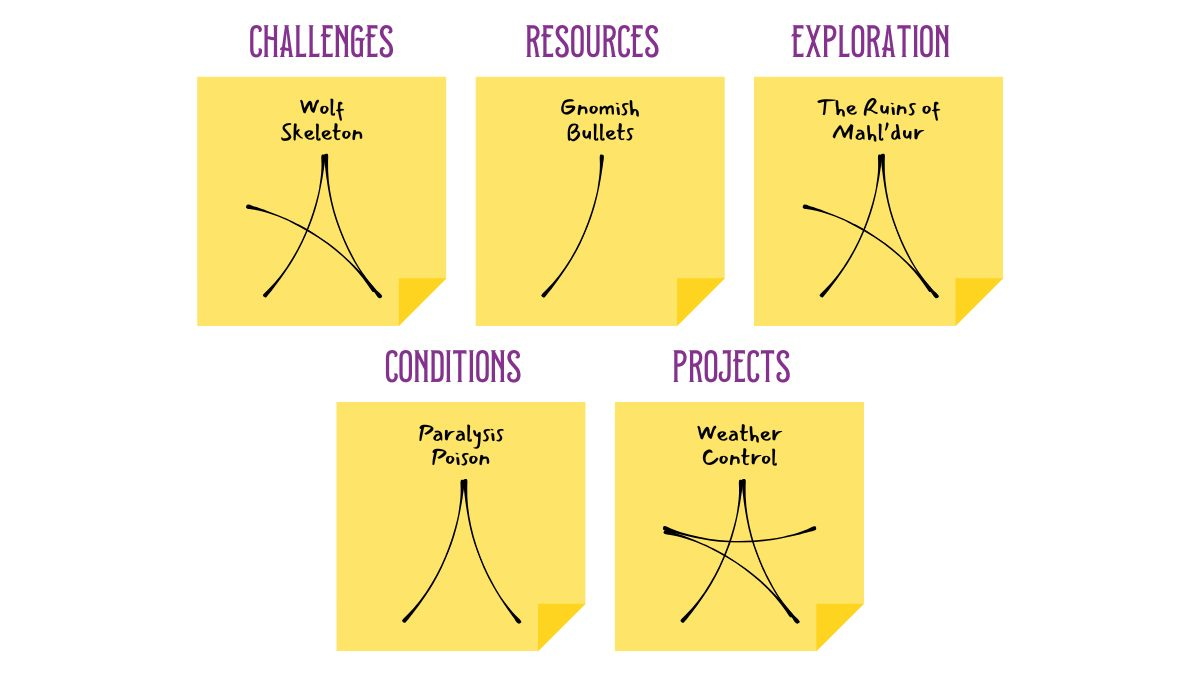
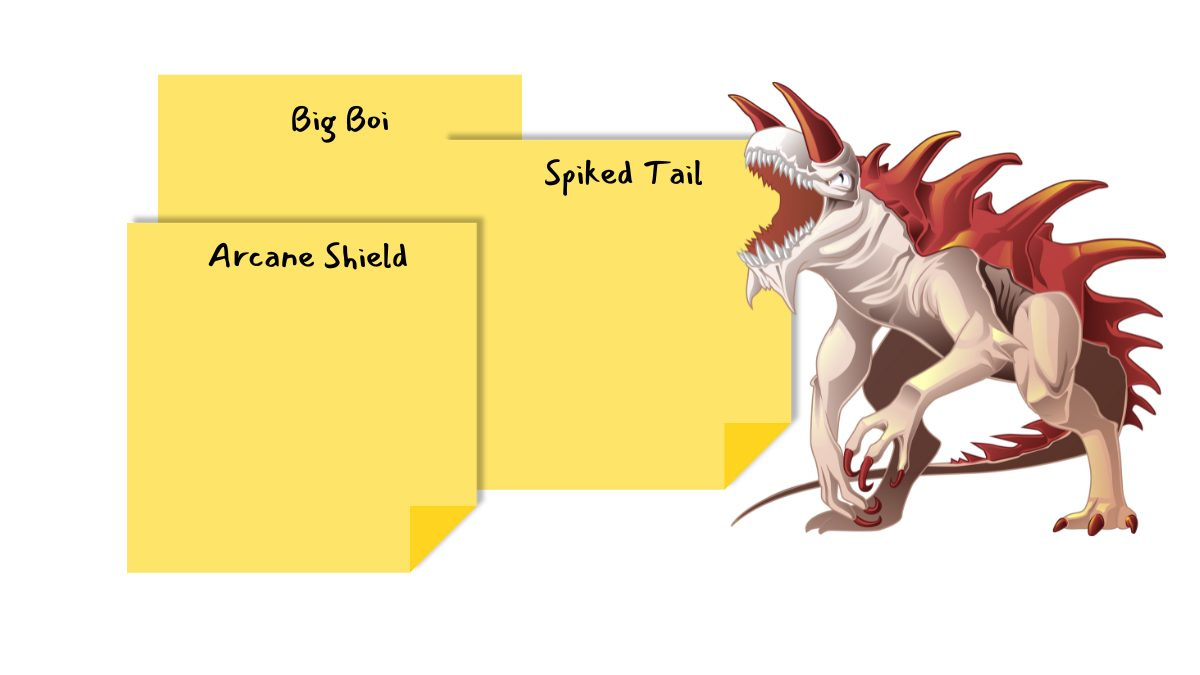
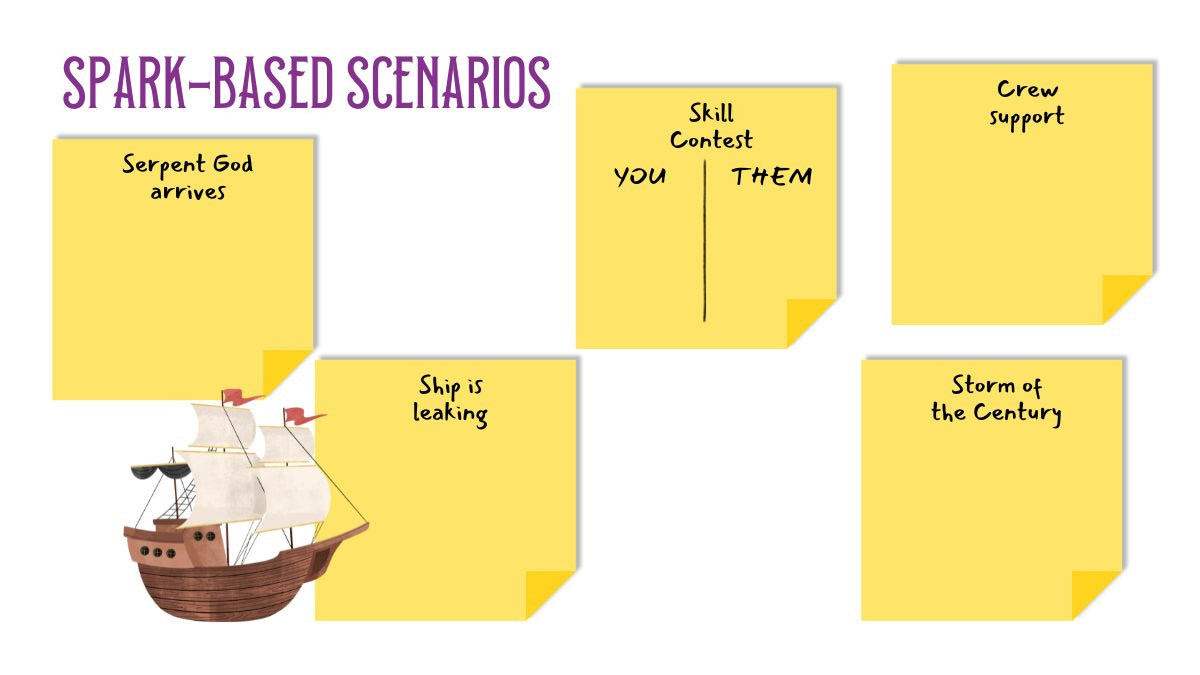

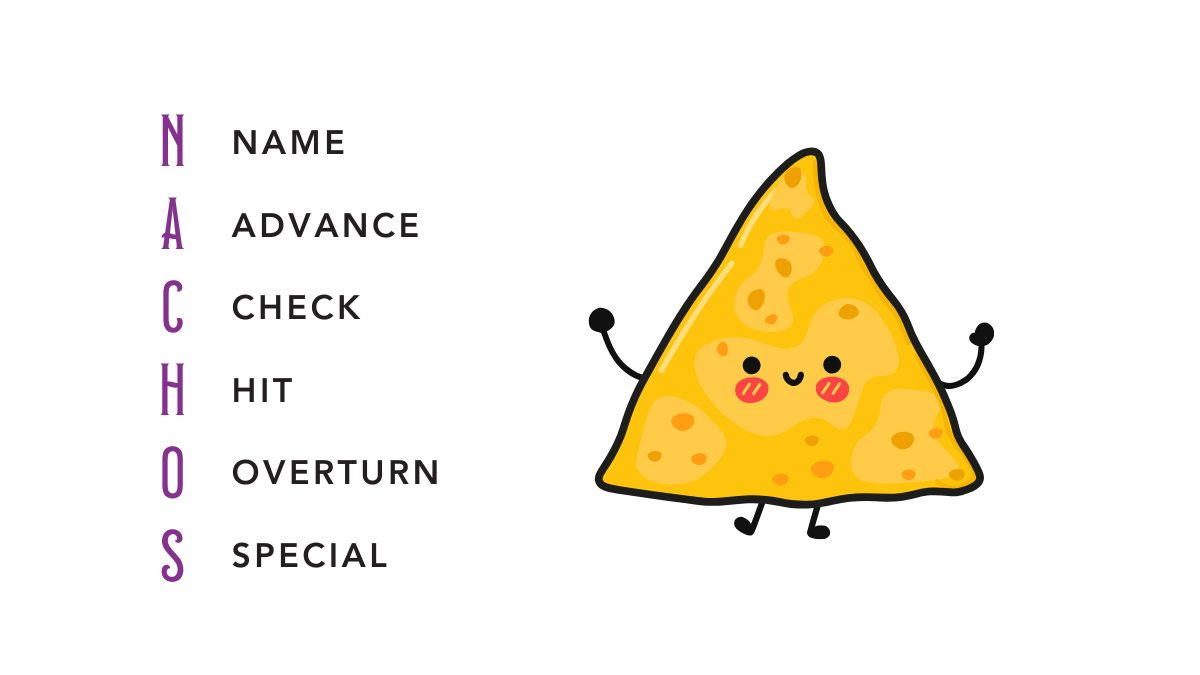
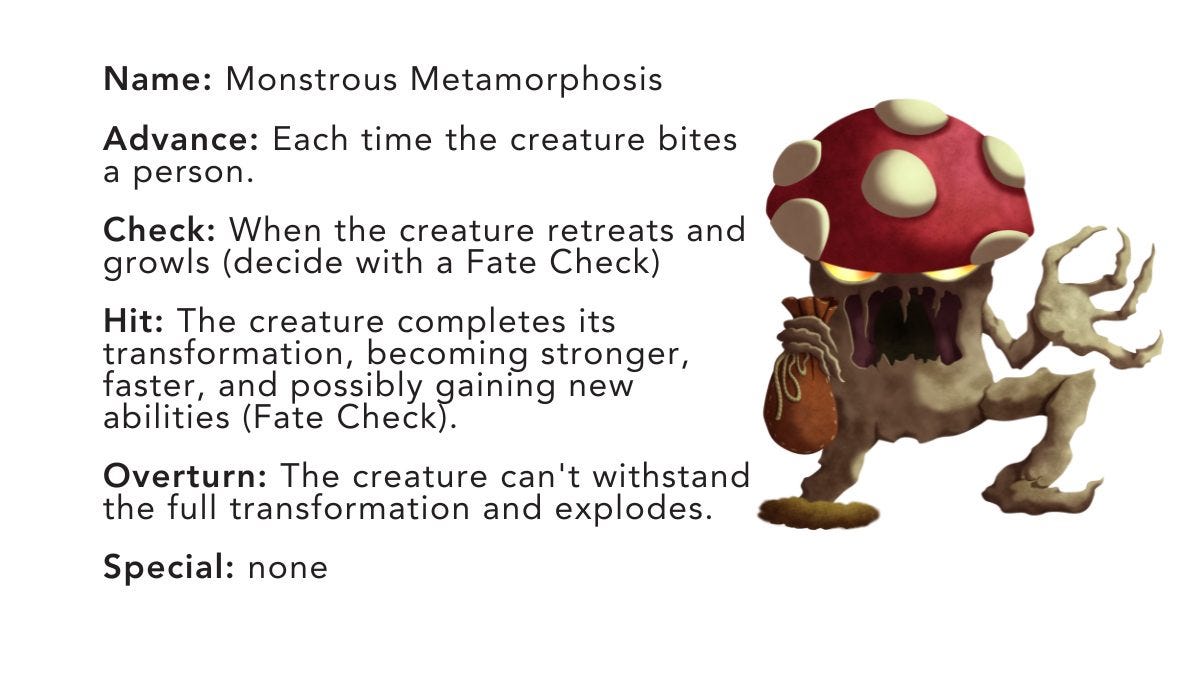
This is one of the coolest things I've read in a while. I love writing, but I get so caught up in character and dialog, that I forget about external tensions. Then I run out of steam. I'm thinking this is a way to generate some of that steam!
You’ve got me inspired! I think I’m going to sneak one or two of these in to my Monster of the Week game tonight…